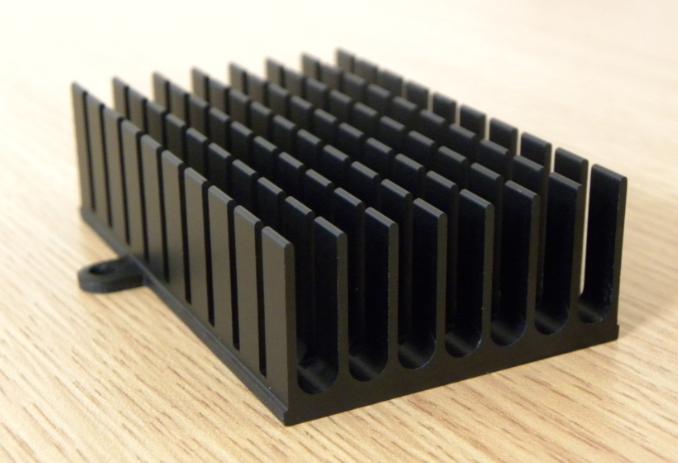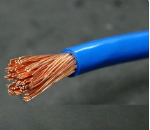
In electronic devices and mechanical equipment, heat dissipation is a crucial issue. Aluminum radiators are widely used in various fields to dissipate heat effectively. However, to ensure the optimal performance of the radiator, accurate calculation of the heat dissipation area is necessary. This article will introduce the calculation method of the heat dissipation area of aluminum radiators and analyze the key factors influencing the heat dissipation area.
I. Calculation Method for Heat Dissipation Area of Aluminum Radiators:
-
Basic Principle:
The heat dissipation capacity of aluminum radiators is directly related to their surface area. Therefore, by calculating the surface area of the radiator, its heat dissipation area can be obtained. -
Calculation Formula:
The heat dissipation area (A) = L × W, where L is the length of the radiator and W is the width of the radiator. -
Consideration of Other Factors:
In practical calculations, it is also necessary to consider the influence of other factors on the heat dissipation area, such as the number and height of fins, and the shape of the radiator. These factors can be optimized by adjusting the design parameters of the radiator to improve heat dissipation performance.
II. Analysis of Factors Influencing Heat Dissipation Area of Aluminum Radiators:
-
Radiator Material:
Different materials have different thermal conductivity, so selecting materials with good thermal conductivity can improve the heat dissipation efficiency of the radiator. -
Radiator Shape:
The shape of the radiator has a direct impact on the heat dissipation area. Generally speaking, the larger the surface area, the better the heat dissipation effect. Therefore, consideration can be given to increasing the surface area of the radiator when designing, such as increasing the number or changing the shape of fins. -
Radiator Size:
The size of the radiator is also an important factor affecting the heat dissipation area. Generally speaking, larger radiators usually have larger heat dissipation areas, but they may also increase cost and weight. Therefore, it is necessary to select radiator sizes rationally while ensuring heat dissipation effectiveness. -
Air Flow:
Good air flow can improve the heat dissipation effect of the radiator. Therefore, consideration should be given to promoting air flow when designing the radiator, such as adding fans or using ventilation equipment. -
Environmental Temperature:
The environmental temperature can also affect the heat dissipation effect of the radiator. Under high-temperature environments, the heat dissipation effect of the radiator may decrease. Therefore, when selecting a radiator, consideration should be given to the temperature range of the working environment.
Conclusion:
The heat dissipation area of aluminum radiators is one of the key factors influencing their heat dissipation performance. Accurate calculation of heat dissipation area and consideration of other influencing factors can effectively improve the heat dissipation efficiency of radiators. In practical applications, appropriate selection should be made based on the materials, shapes and sizes of radiators according to specific situations, and attention should be paid to improving air flow and adapting to environmental temperature changes.





 Customer service 1
Customer service 1  Customer service 2
Customer service 2